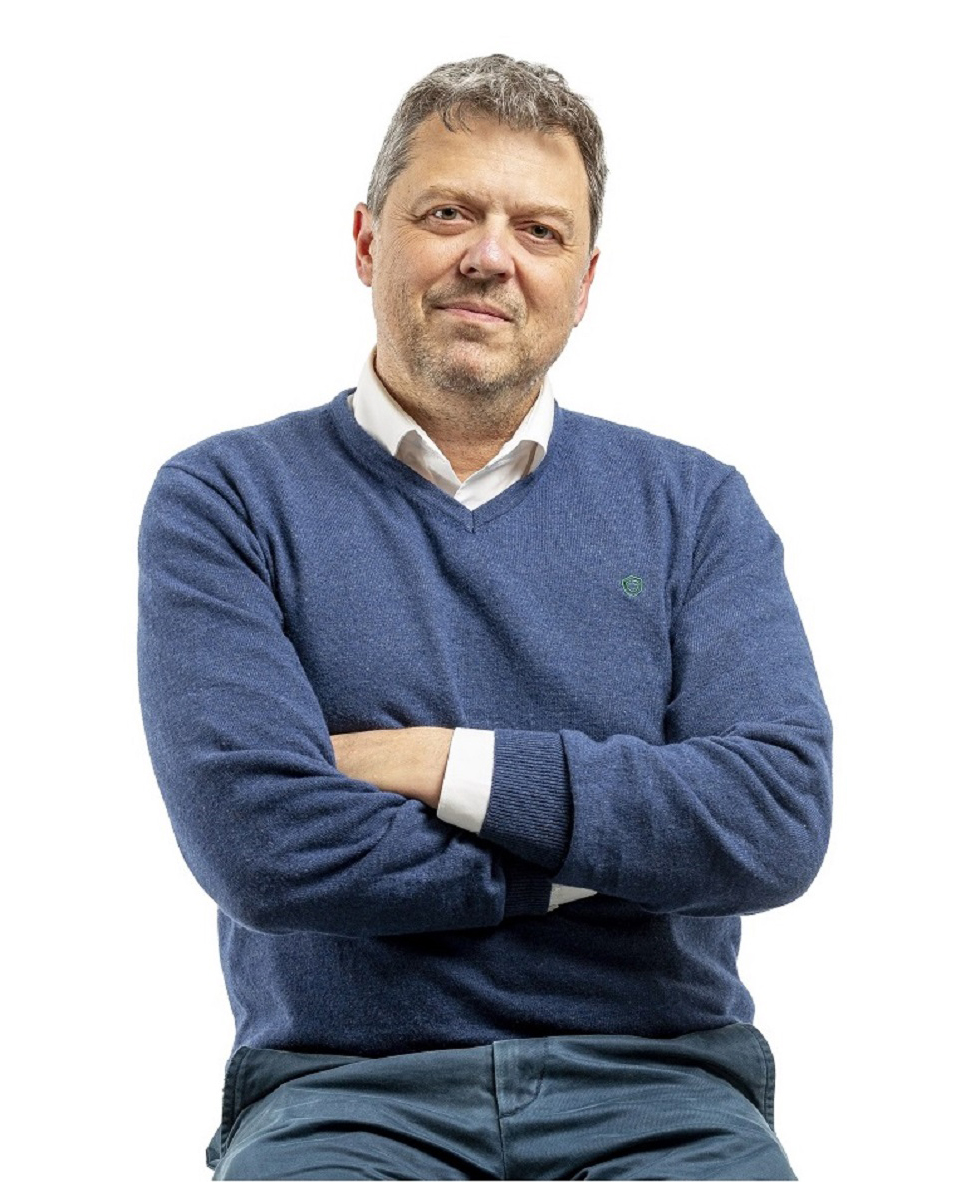Researcher João Mano awarded ERC Advanced Grant

TheEuropean Research Council (ERC) announced yesterday, March 31, the results of the Advanced Grant awards. Among the 185 Studentships approved by the ERC for this category, one of the winners was Portuguese scientist João Mano, from the University of Aveiro, with a Studentship worth 2.5 million euros to work on bone tissue regeneration.
João Mano, a full professor in the Department of Chemistry and a researcher at CICECO - Instituto de Materiais de Aveiro, will, with this Studentship , carry out the project "REBORN: Full human-based multi-scale constructs with jammed regenerative pockets for bone engineering" over the next five years. The aim of the researcher is to develop work in the area of bioengineering of human tissues and advanced biomaterials, namely in the creation of strategies for the regeneration of bone tissue, which is very relevant in cases of massive bone loss or extensive fractures.
João Mano was the only Portuguese researcher, or researcher working in Portugal, to receive this type of Studentship in this edition of the Call, and this is the second time he has been awarded an ERC Advanced Grant. The first time was in 2015 with the project "ATLAS - Bioengineered autonomous cell-biomaterials devices for generating humanized microtissues for regenerative medicine".
In this Call, the ERC received 1881 applications, of which 185 were selected. These projects mean a total investment of 450 million for scientific research in Europe.
The European Research Council (ERC) was created by the European Union in 2007 and is the main European funding organization for excellent research. Every year, it selects and funds the best researchers, of any nationality and age, to carry out projects based in Europe. It offers four main Studentships programs: Starting, Consolidator, Advanced and Synergy Grants. To date, the ERC has funded more than 9,000 top researchers at various stages of their careers, and more than 50,000 post-docs, PhD students and other members working in its research teams.
Photo credit: University of Aveiro
Source: University of Aveiro news